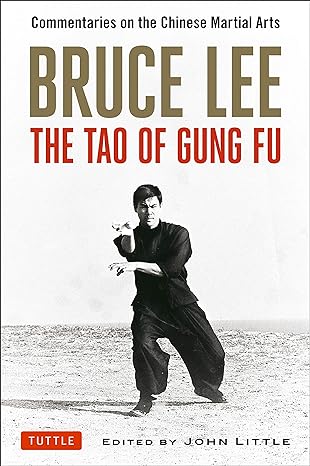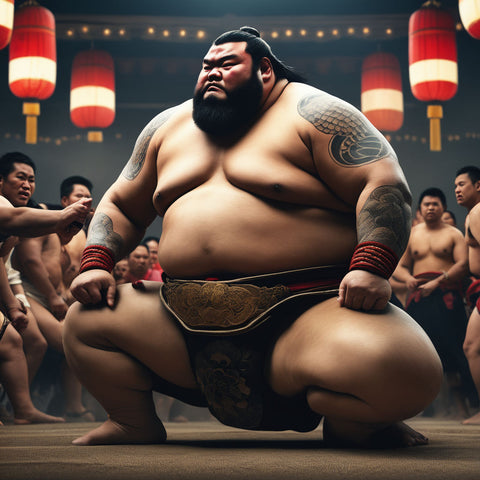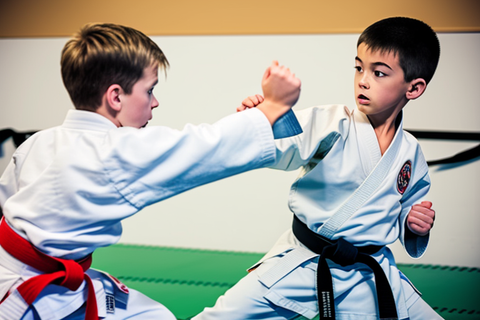Dangers of Weight Cutting in MMA
3 dangers of weight cutting process in MMA include:-
- Susceptible to confusion, fatigue, and concussions caused by sudden changes in water level
- Dehydration leads to a decrease in kidney function and the risk of head injury or stroke
- Loss of electrolytes through extreme sweating creates harmful effects such as fatigue, irregular heartbeat, and vomiting.
According to ncbi.nlm.nih.gov,
- Acute reductions in carbohydrate intake are likely to influence performance through reduced glycogen concentration
- With rapid weight loss (>3% body mass in less than 5 hr) using thermal strain, high-intensity exercise performance is impaired
- There is research to suggest that water-loading is a safer and more effective method of manipulating body mass (~3%) without impairing physical performance in grappling athletes. More research is required to assess the viability of water-loading as a weight loss strategy in striking and mixed-style combat sports athletes and when used for larger (>4%) body mass reduction. (ncbi.nlm.nih.gov)
There are many risks that a fighter takes on when they commit to the competitive level of combat sports and one of the most dangerous things they can do is to cut their body weight.
Yes, you read that right and I’m going to tell you why.

1. Weight Cutting Affecting Mind
Firstly, weight cutting can affect the mind. The process of weight cutting normally consists of shedding the majority of water weight. This leads to dehydration the majority of the time. As the brain is made up of 80% water, a sudden change in the percentage would leave a fighter susceptible to confusion, fatigue, concussions, and hence an increased risk of brain injury. This would in turn lead to poor performance and if taken too far, might result in fatalities.
2. Extreme Dehydration From Weight Cutting Leading to Health Problems
Secondly, severe weight cutting can lead to a series of health problems. Acute dehydration may lead to a decrease in kidney function and increase the risk of heat injury or stroke. Water is needed for the kidneys to filter blood and maintain the correct balance of potassium and sodium. Both minerals are important for the functioning of cells in the body. Without sufficient water, the kidneys would not be able to function properly which would lead to kidney failure. Besides kidney failure, fighters are also prone to heatstroke as the body cannot produce enough sweat to cool the body down. Training dehydrated would lead to the body’s core temperature rising and without sufficient sweat to cool the body down, this would lead to heatstroke which would lead to heat injury and even death.
3. Excessive Sweating Causing Harmful Effects
Thirdly, weight cutting can lead to excessive sweating. One of the conventional methods fighters use is to sit in saunas or hot baths.
These methods ensure that water weight is lost as soon as possible. However, sweat contains electrolytes that are needed for the body to ensure it is functioning properly. A huge loss of electrolytes through extreme sweating creates a risk of many harmful issues. Some effects are fatigue, irregular heartbeat, vomiting, and many more. Excessive sweating can also lead to severe dehydration which has a plethora of dangers and risks as discussed above and if left untreated, can lead to death.

Fighting is more than just a sport. We all know the monumental amounts of effort each fighter puts in to prepare themselves for a performance that might change the course of their entire career. It is physically and mentally challenging and being a fighter isn’t a job for most people.
- Before every fight, a weigh-in occurs for all parties competing to see if they have met the required weight that was agreed upon when they took up the fight. To achieve that weight, fighters normally have to shed about 11 to 22 pounds (around 5-10 kg) in about 5 days before weigh-ins. Not even your trainer could achieve those results.
- Fighters attempt to lose weight before a weigh-in to fall into a lower weight class. Big, strong fighters who can fight in a lower weight class may have a significant advantage over fighters that belong in that weight class. Hence, it is advantageous for a fighter to fight in a weight class lower than his own. Though there are upsides to weight cutting, there are also serious downsides that one should consider before weight cutting.
For any fan of Mixed Martial Arts (MMA), we all know the saying that the easy fight is the one in the ring while the hardest fight is the weight cutting. You would think that with all the negatives weight cutting brings, one might think twice before deciding to put their body at such risks. However, these are the lengths all fighters are ready to go to to have the maximum advantage against their opponents. Such dedication to this sport should be respected. I hope this article gives you some clarity on how weight cutting can be dangerous and if you do choose to embark on it, I hope the knowledge here might help you avoid any chances of you damaging your body.
 Darius TRW
Darius TRW
A young 23 year old that enjoys writing and muaythai in his free time. Always hungry for more, Darius is always on the lookout for opportunities to sharpen his skills be it in the gym or in his writing career.
Other Posts By Author









